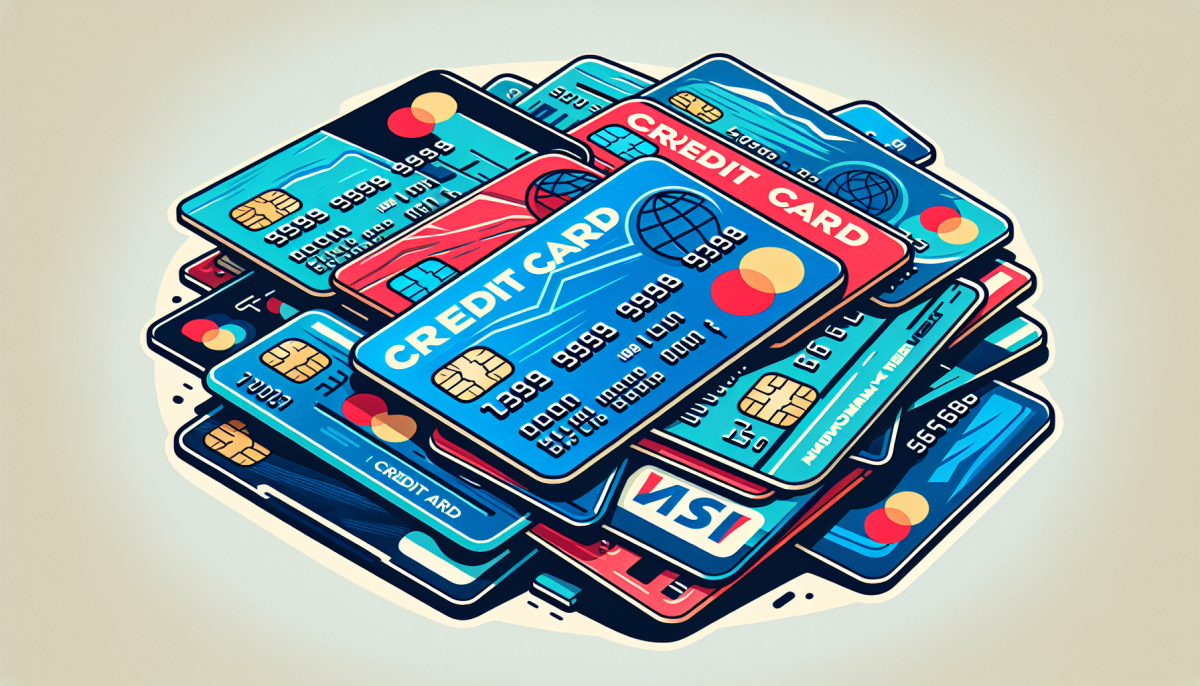When it comes to building credit, one of the most common tools people use is a credit card. However, not all credit cards are created equal. Secured and unsecured credit cards are two main types of credit cards that can help individuals establish or improve their credit history. Understanding the difference between these two types of cards, as well as how to effectively use them to build credit, is crucial for anyone looking to improve their financial standing.
Understanding the Difference: Secured vs. Unsecured Credit Cards
Secured credit cards require a security deposit upfront, typically equal to the credit limit. This deposit acts as collateral in case the cardholder defaults on their payments. Secured credit cards are often recommended for individuals with no credit history or a poor credit score, as they offer a lower risk to the lender. On the other hand, unsecured credit cards do not require a security deposit and are based solely on the cardholder’s creditworthiness. These cards typically have higher credit limits and may offer rewards or perks, but they also come with higher interest rates and fees.
When it comes to approval rates, secured credit cards are generally easier to obtain than unsecured credit cards. This is because the security deposit minimizes the risk for the lender, making it a safer option for individuals with limited or poor credit history. Secured credit cards can help individuals establish a positive payment history, which is a key factor in building credit. On the other hand, unsecured credit cards may be more challenging to qualify for, especially for those with a low credit score. However, using an unsecured credit card responsibly can also help improve credit scores over time.
Tips for Building Credit with Secured and Unsecured Credit Cards
Regardless of whether you choose a secured or unsecured credit card, there are some key tips to keep in mind when using them to build credit. First and foremost, it’s important to make timely payments on your credit card each month. Payment history is the most significant factor in determining your credit score, so consistently paying on time can have a positive impact on your creditworthiness. Additionally, keeping your credit card balances low relative to your credit limit can also help improve your credit score.
Another tip for building credit with a credit card is to avoid opening multiple new accounts within a short period of time. Each time you apply for a new credit card, a hard inquiry is made on your credit report, which can temporarily lower your credit score. Instead, focus on using one or two credit cards responsibly and consistently to demonstrate your ability to manage credit. Finally, regularly monitoring your credit report and checking for any errors or fraudulent activity can help ensure that your credit history is accurate and up-to-date, which is essential for building credit effectively.
In conclusion, secured and unsecured credit cards can both be valuable tools for building credit when used responsibly. Whether you’re looking to establish a credit history or improve your credit score, understanding the differences between these two types of cards and following best practices for credit card usage can help you achieve your financial goals. By making timely payments, keeping your balances low, and monitoring your credit report regularly, you can establish a solid credit foundation and work towards a healthier financial future.
